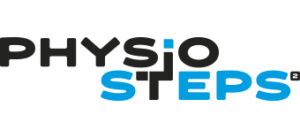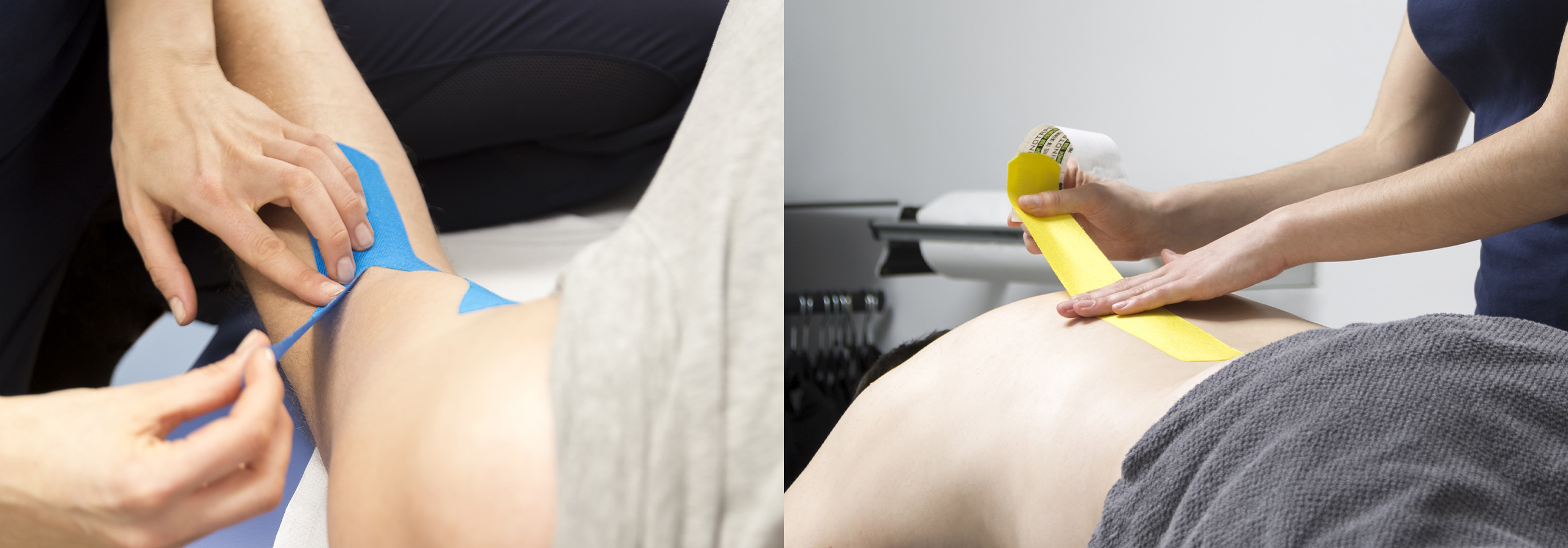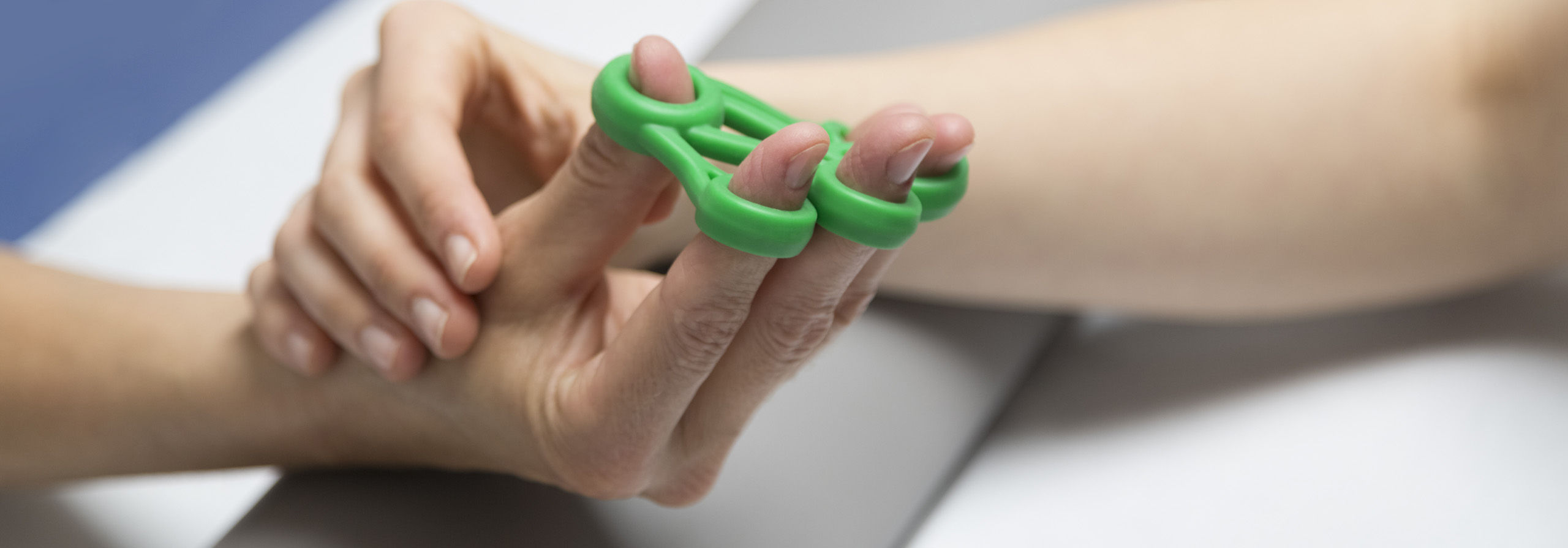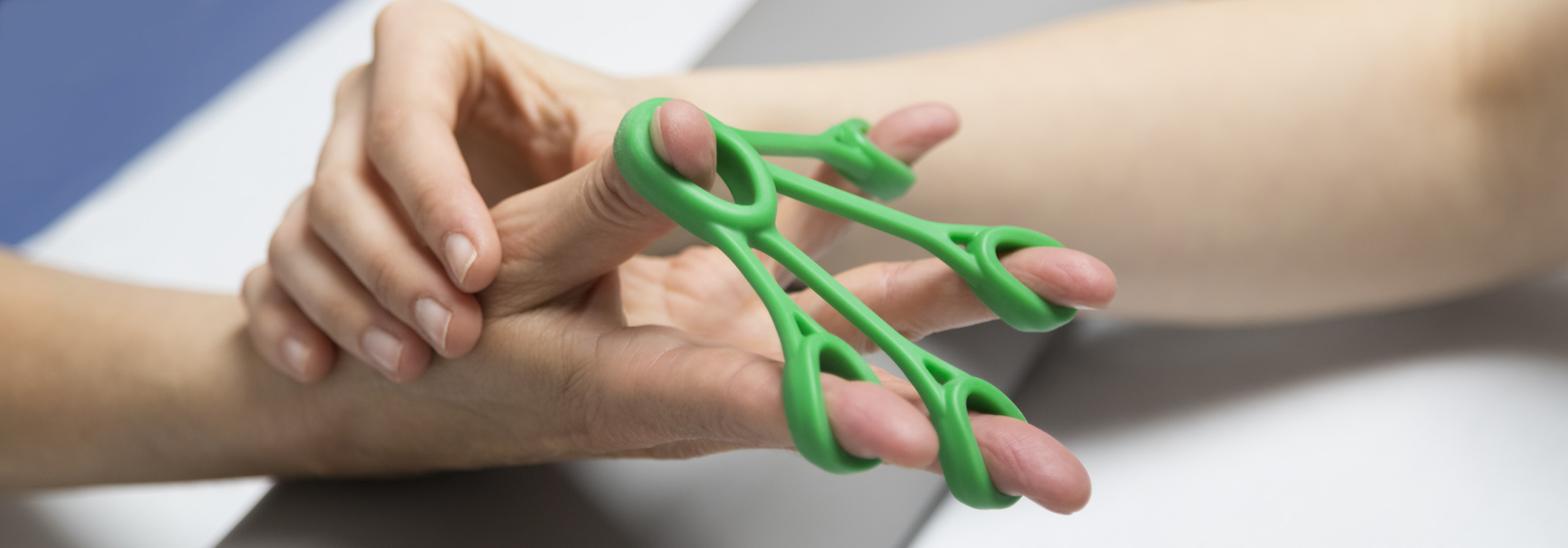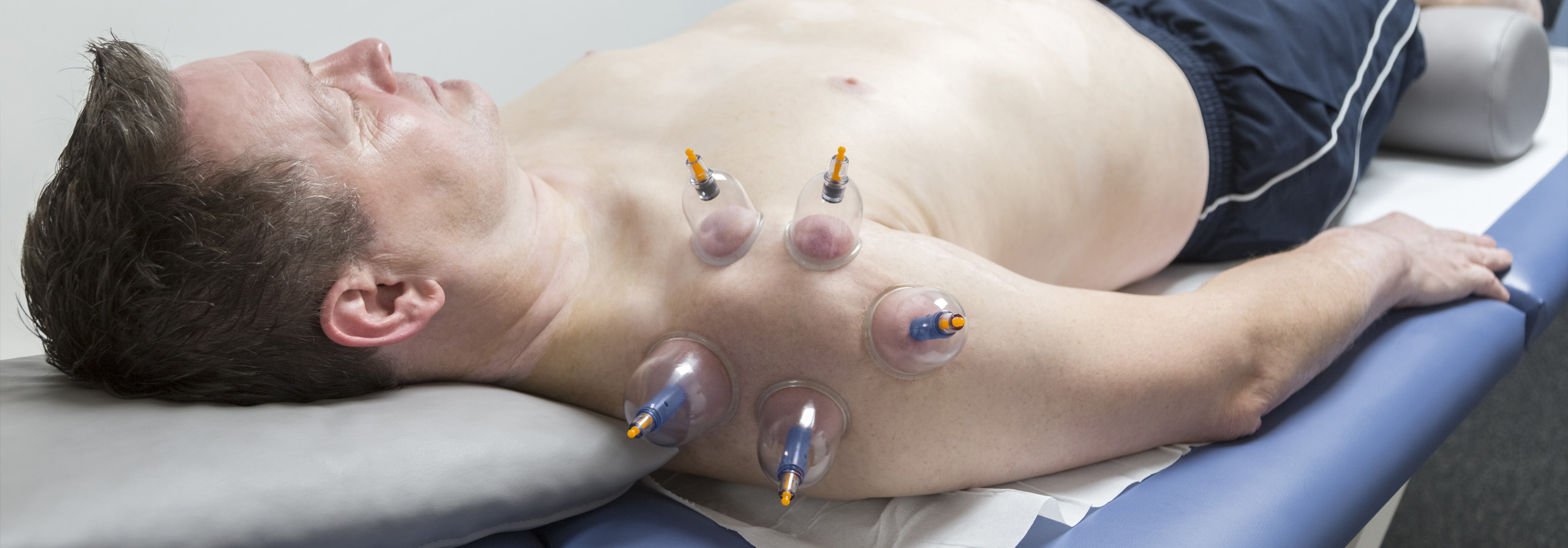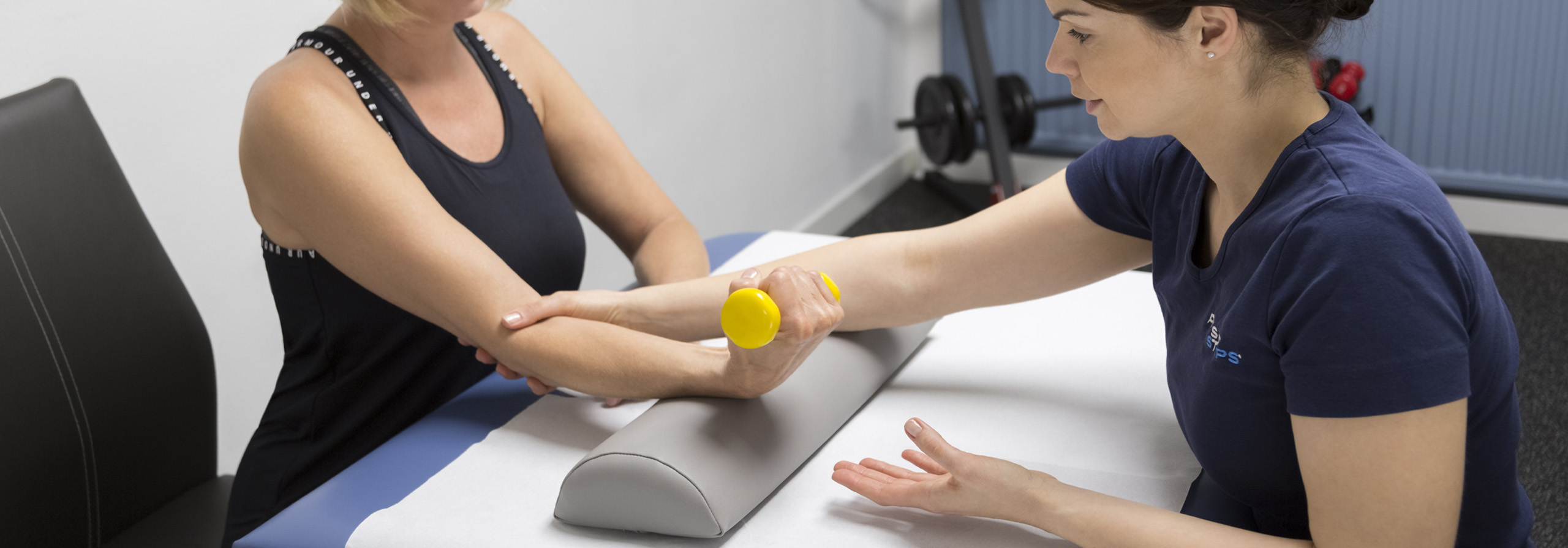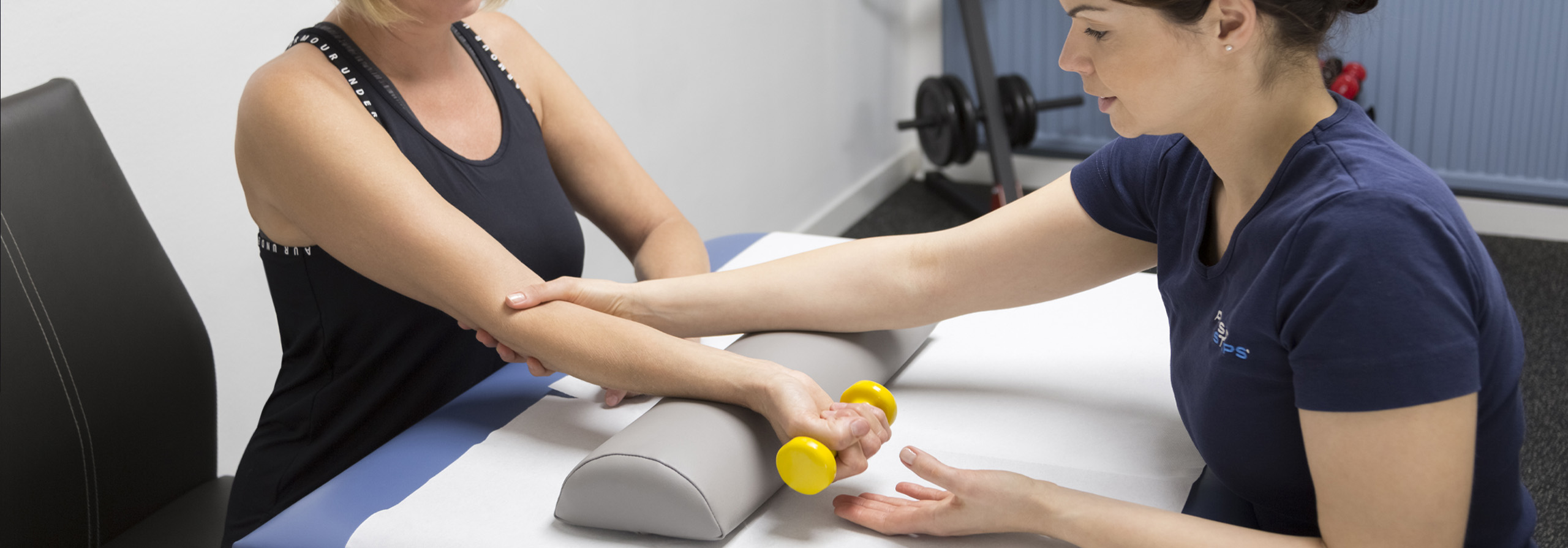Therapy Types-Additional Therapies
Manual therapy
Even minor positional errors can cause movement restrictions and pain. In this alternative and purely passive treatment method, the spine and joints are mobilized through certain grip and massage techniques.
Manual therapy according to Mulligan concept - mobilization with active movement
Named after New Zealand physiotherapist Brian Mulligan, passive manual therapy is combined with active movement that is gentle on the joints.
Areas of application, e.g.:
- Movement restrictions
- Position error
- Blockades
Atlantoaxial therapy or atlas therapy
The first cervical vertebra, also called the atlas, supports the entire head. In the event of malfunction, it can – together with the second cervical vertebra, which is equally stressed – negatively influence the entire spine and disrupt the flow of information between the head and the body. Atlas therapy is a special manual therapy for these two cervical vertebrae designed to restore the correct flow of information.
Areas of application e.g.:
- Neck and headache
- Dizziness, impaired balance, disorientation
- Migraine
- Head heaviness felt
- Chronic fatigue
- Tension and shortened neck muscles
- Impairment of vision and hearing
- Jaw cracking and pain (too strong bite)
- Concentration disorders
- Drowsiness
- Altered blood pressure
Kinesiotaping
The method, which originates from Japan, is currently gaining more and more importance due to its quick effect and easy application. An elastic, self-adhesive tape is selectively applied to the skin over the muscle to be mobilized, causing it to provide a permanent “micro-massage.”
Areas of application e.g.:
- Improvement of blood circulation
- Stabilization of the musculature
- Support for the healing process
Fitball therapy or Swiss Ball therapy
Through balancing exercises and exercises with your own body weight, Fitball therapy trains the whole body, but is especially ideal for building back muscles. By using the ball, the joints are relieved and a painless workout is possible.
Areas of application e.g.:
- Pregnancy
- Pelvic floor training
- Back pain
Trigger point therapy
Localized muscle stiffness in skeletal muscles – so-called myofascial trigger points – are not only sensitive to pressure, but can also radiate pain to other regions of the body. The therapy aims to eliminate these muscle stiffnesses by applying strong pressure to specific points in the body, thereby relaxing muscles quickly and permanently and reducing pain.
Areas of application e.g.:
- Artificial joints
- Strong tensions
- Osteoarthritis
- Shortened muscles
Hot stone therapy
Warm stone massage has been used since ancient times both in the Asian and Pacific regions and in North and South America. The soothing warmth of the stones releases deep tension in the small muscles as well as in the facet joints between the vertebrae.
Areas of application e.g.:
- Blockages in the back – in combination with manual therapy blockages are released
- Stress and nervousness
- Stimulation of the metabolism
Pelvic floor exercises
The pelvic floor muscles are located inside the body and support, among other things, the closure of the anus and urethra. Heavy use, such as during pregnancy or obesity, can weaken them, often leading to incontinence. Professionally guided training can strengthen them in a targeted manner. The key to success is to learn how to feel the pelvic floor and then train it accordingly.
Areas of application e.g.:
- After births
- After prostate surgery
- Overweight
- Prevention for sagging at an advanced age
Proprioceptive neurophysiological facilitation (PNF)
A healthy person perceives his body movements and positions automatically (proprioceptively) through so-called motion sensors (receptors). This self-awareness is important to be able to perform everyday movements without problems. PNF has been used since its development in the 1950s to improve movement and postural control as well as pain relief, and promotes the meaningful interaction of receptors, nerves and muscles (neurophysiological). Only when this important cooperation in the body functions smoothly is effortless and confident movement possible (facilitation). The active method is based on the resources of the patient, the patient and starts with the strongest part of the body to activate weaker ones. Stimuli such as pressure, stretch or resistance are used to stimulate receptors, thereby provoking nerves, muscles and joints to respond with the desired movement.
Areas of application e.g.:
- Multiple sclerosis
- Parkinson’s disease
- Paraplegia
- Traumatic brain injury
- Stroke
- Joint operations
- Face, mouth and swallowing problems (including jaw problems)
- Back pain
Acupuncture massage (APM)
As in Traditional Chinese Medicine (TCM), acupuncture massage focuses on meridian points. Unlike classical acupuncture, however, APM does not require needles and is therefore completely painless. The therapist works only with the hands – especially with the fingertips – or uses massage sticks if necessary. The goal is to activate the flow of energy and dissolve blockages.
Areas of application e.g.:
- Activation of the self-healing powers
- Solution of blockades, e.g. in the area of the spinal column
- Increase of life energy
Special therapy for ankylosing spondylitis
Bekhterev’s disease (ankylosing spondylitis) is a chronic, inflammatory rheumatic disease that affects joints – especially the hip, knee and ankle joints – but especially the spine. Rarely, organs are also affected. It often occurs at a young age and is not recognized for a long time due to the non-specific initial symptoms such as back pain at night, morning stiffness, buttock pain or discomfort in the heel bone. Blood and MRI examination lead to a confirmed diagnosis. The hereditary factor HLA-B27 in the blood, although not proof of the disease, is detected in 90% of affected individuals. Inflammatory pain and increasing stiffness of the joints are characteristic of the course of the disease.
Special therapy on the therapy couch aims to maintain the mobility of the affected areas for as long as possible and to relieve pain. Whether the spine, hips or joints are affected, the therapy bed is suitable for treating all areas at any stage of the disease. Due to the technical possibilities of the therapy couch, particularly goal-oriented movement sequences are initiated, supported and thus very good results are achieved.
Areas of application e.g.:
- Preservation and promotion of mobility of affected areas
- Pain relief
- Tension release
- Strengthening of the musculature
Flossing
For rapid, lasting pain relief, the affected area is tied off with a special latex band for about two minutes, almost completely cutting off the blood supply. During this time, the injured body part is moved passively by the therapist or actively by the patient. Waste products are thereby pressed into the lymphatic channels and thus removed. After the ligament is loosened, blood flows back into the damaged tissue/joint at high pressure, boosting the supply of nutrients, hormones and oxygen.
Areas of application e.g.:
- Muscle and joint complaints:
- Sprains
- Tension
- Strains
